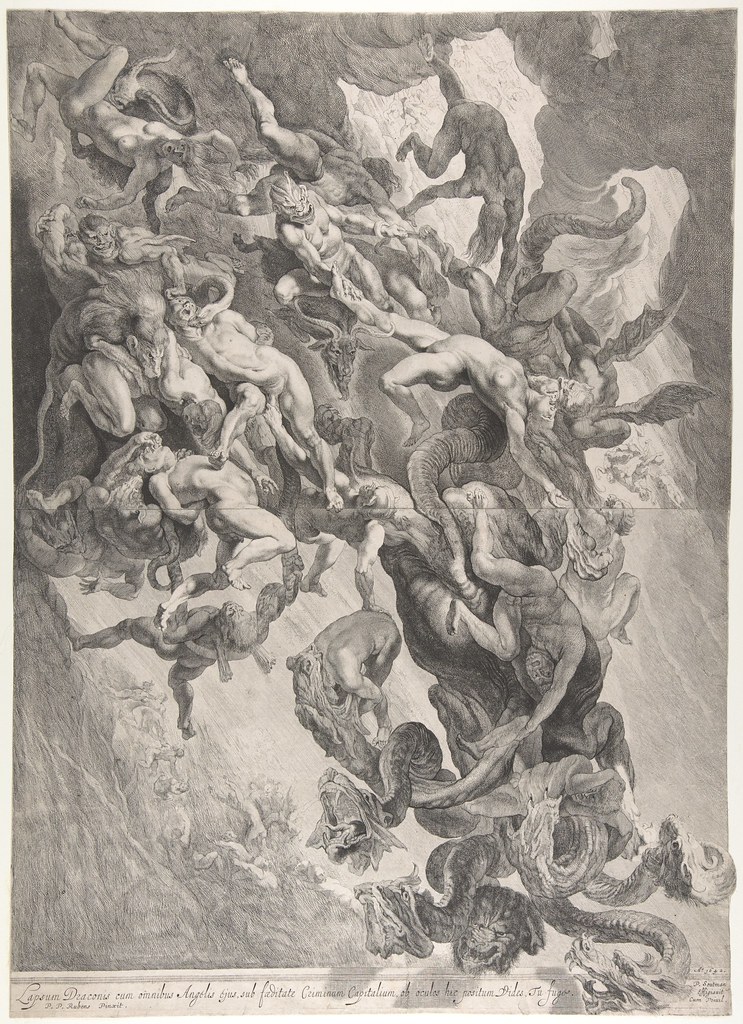----
Why People Give Up by Anna Vital
// Temple of the Seven Golden Camels
This graphic entitled "Why People Give Up" has been making the rounds on the internet, so you've probably seen it before. It's from "Funders and Founders" and was designed by Anna Vital. The site is mostly intended for entrepreneurs, but it has a wide array of interesting graphics that are definitely worth checking out, and much of the advice they offer for people interested in creating a startup can be applied to other areas of life and career.
I'm sure not everyone can relate to all of these reasons, but for me, many of these concepts felt familiar. I've had most (if not all) of these feelings myself, or seen them in other people who give up on their dream. I certainly struggled with all of these things when I was trying to get into animation, and I saw many other people wrestle with these concepts as well.
I've been in the animation field for a while now, so I don't exactly struggle with the stress and fear that I won't be able to break into the business like I used to. But I can definitely relate to it on a more personal level. I've been working on my own project outside of work for quite some time now, and I've made a lot of progress on it. In fact, I've been working on it for five years, and although I've accomplished a lot, it's a massive undertaking and there's still a ton to do. But when I look back on the past five years, I've managed to work on my project almost every day (although most days it's only for a little bit of time).
I can't help but think of all the people I know who've decided to make a personal project and then abandoned it after a while. It's a real shame, because there are so many talented people in animation, and I know the world would love seeing their work. But pursuing a personal project is, in many ways, much harder than showing up to work every day and getting paid to be an artist and contribute to a film that has the backing and support of a large company. After all, very few of us could survive without a paycheck, so it's not like we have that much of a choice!
One of the reasons that I'm still plugging away on my own project after five years is that I choose to do something that I really enjoy doing. It gives me a chance to do things I've never done before (like try and understand how layout works for comic books, and the chance to work with color). The project involves a lot of research, but I choose the subject matter so that I only have to research things I'm already interested in. So that helps make it enjoyable and not a chore. I think sometimes people choose to pursue a project that they think people will like in order to guarantee the success of their project. But the artist has no real passion for the project, and it fizzles out as the first hard roadblocks inevitably appear in the road. I think it's a better approach to create something that you would actually like to see exist in the world, instead of trying to hedge your bets and create something "safe" that you think other people will like.
On a related note, as an artist creates something, I think it's only human for that artist to daydream about how big and successful their project will become. The problem is that, after that initial rush of passion for the project and daydream of how awesome and successful it's going to be, the hard reality sets in about how much work it's going to be as well as the sobering realization that it may not, in the end, be successful. In fact, it may fail miserably. So why bother putting a lot of work into it? In the end, it could all be wasted effort.
So one of my best pieces of advice is to create without focusing on the final outcome. You can't control how your project will be received, you can only control how it turns out and how much you enjoy the process of creating. So focus on that and not the daydream about how colossal your success will be and you'll find it much, much easier to create.
The last piece of advice that I think is helpful is to remember that the time will pass either way. You can spend the time watching TV, or watching movies, or playing video games (all of which are fine ways to spend time), but remember that you could also spend some of that time working on creating your own project. And at the end of the day, the time passes. And when the time is gone, it can be a great feeling to have something to show for the time that has passed. And although every project has its own unique obstacles that can seem impossible to conquer, there's no greater feeling than overcoming one of them and realizing that you have the power to defeat any challenge that might get in your way.
----
Shared via my feedly reader
Sent from my iPad












